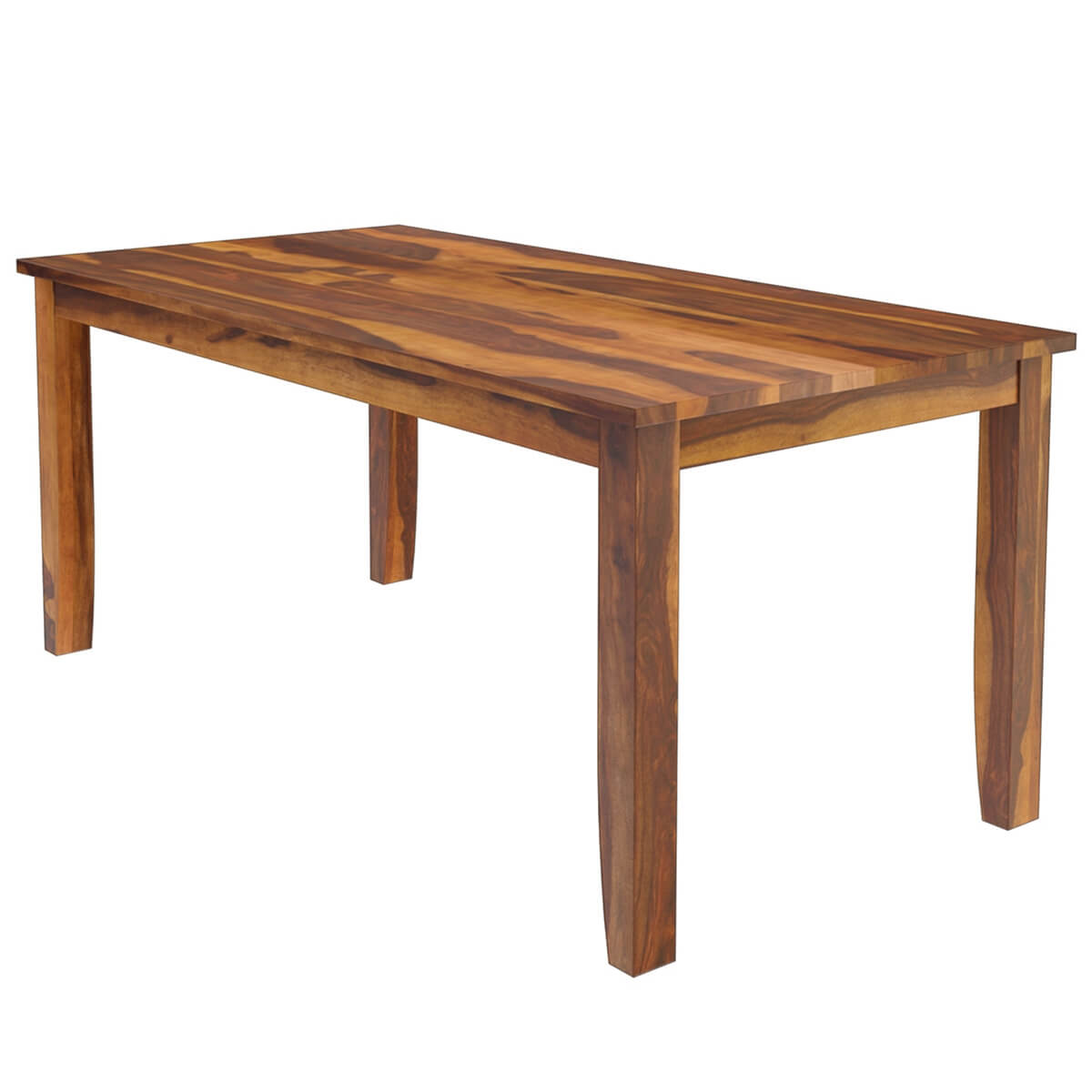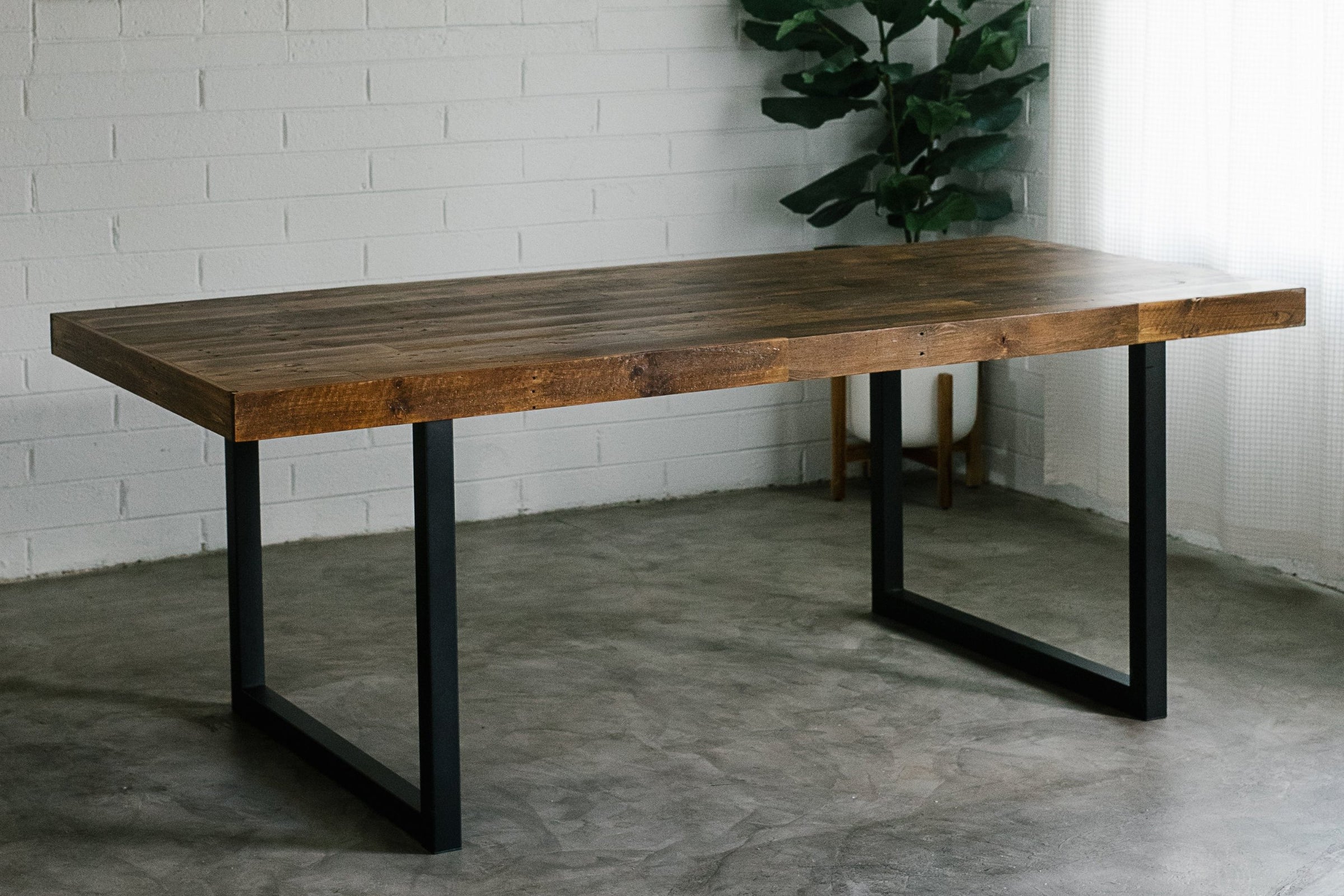Resilient Craftsmanship in Every Item of Dining Table Legs Wood Available
Resilient Craftsmanship in Every Item of Dining Table Legs Wood Available
Blog Article
What to Take Into Consideration When Selecting Dining Table Legs Wood for Your Home.
When choosing wood for dining table legs, several essential variables require cautious consideration to ensure both functionality and aesthetic allure. The type of wood chosen can dramatically influence the table's toughness, stability, and overall style, while the upkeep demands might impact long-term functionality.

Significance of Wood Type
When choosing dining table legs, the choice of wood kind plays a crucial role in determining both aesthetics and durability. Different timber types use varying levels of resistance, weight, and stamina to use, which can considerably impact the functionality and long life of the table.
On the other hand, softer woods like poplar or ache, while a lot more economical, may not supply the very same level of durability and might need more constant maintenance or replacement. The timber type additionally influences the table's ability to withstand environmental variables such as humidity and temperature changes. Additionally, the selection of wood can affect the simplicity of staining and ending up, which can be important for achieving the preferred look.
Aesthetic Factors To Consider
The visual allure of table legs dramatically contributes to the total aesthetic of the dining room. Dining Table Legs Wood. When selecting wood for eating table legs, the grain surface, pattern, and shade are crucial elements that can improve or take away from the space's layout. Various wood types display differing structures and tones; for example, oak presents a traditional appearance with noticeable grain, while walnut offers a rich, dark sophistication
In addition, the shape of the legs plays an important function in specifying the table's personality. Streamlined, minimal legs can create a contemporary feel, while much more elaborate, transformed legs stimulate typical beauty. The design of the legs should harmonize with existing furniture and the overall theme of the room, whether it be rustic, contemporary, or transitional.
It is likewise necessary to take into consideration just how the legs connect with various other furnishings items, consisting of sideboards and chairs. A natural style not just raises the dining experience however also adds to the home's overall aesthetic comprehensibility. Inevitably, the option of table legs must be a thoughtful choice that shows personal taste while ensuring aesthetic consistency within the area.

Resilience and Security
Longevity and stability are vital variables in the selection of table legs, as they directly influence the durability and safety and security of the furniture. When choosing wood for dining table legs, one should think about the integral homes of different timber kinds. Woods, such as oak, maple, and cherry, are typically liked for their stamina and resistance to use, making them appropriate for high-traffic eating areas.
In addition to the kind of wood, the building method also plays a significant role in the overall stability of the table. Legs that are well created, either via typical joinery strategies or modern-day design techniques, will provide enhanced this page assistance and protect against tottering. It is necessary to examine the thickness and design of the legs; thicker legs are generally more secure and can stand up to higher weight.
Furthermore, the environmental problems in which the eating table will be used can influence toughness. Wood that has been effectively treated for dampness resistance will certainly do link much better in humid environments. Eventually, choosing the best combination of sturdy timber and steady building and construction will make certain that your table remains a safe and useful centerpiece in your house for many years to come.
Upkeep Requirements
Picking dining table legs made from sturdy wood is simply the beginning; understanding maintenance needs is similarly important to protect their appearance and performance. Different wood kinds require differing levels of treatment, so it is important to recognize what is needed for your certain choice.
Routine cleansing is fundamental; utilize a soft, damp fabric to get rid of dust and debris. Stay clear of severe chemicals that can harm the coating. For wood surfaces like varnish or lacquer, routine polishing with furnishings wax can boost shine and supply a safety layer against scratches.
Preventative actions are essential also. Usage rollercoasters and placemats to avoid direct call with wet or hot products, which can warp or tarnish the timber. Additionally, think about putting really felt pads under the legs to stop scratches on your flooring and minimize use on the timber
Moisture control is another significant element; preserving a steady setting aids to avoid warping and breaking. Consider using a humidifier or dehumidifier as required. if your dining area is prone to fluctuations in temperature and moisture.
Budget and Cost Factors
When planning to acquire eating table legs, understanding spending plan and price variables is important to make an educated choice. The sort of wood selected for the legs considerably influences the total rate. Woods, such as oak or walnut, have a tendency to be much more expensive than softwoods like pine, as a result of their durability, visual charm, and shortage. Additionally, take into consideration whether you are opting or acquiring pre-made legs for personalized styles, as personalization often sustains higher costs.
Labor and craftsmanship likewise play a pivotal function in the overall cost. Handmade or artisan-crafted legs might carry a costs price tag, showing the ability and time purchased their development. It's crucial to evaluate the equilibrium between high quality and price; investing much more ahead of time can result in a longer-lasting item that calls for less maintenance gradually.
Conclusion
In summary, choosing the ideal timber for dining table legs necessitates cautious consideration of numerous factors, consisting of timber kind, visual charm, toughness, maintenance, and spending plan restraints. The selection of woods such as oak and maple can boost both toughness and visual appeal, while softer woods might be more economical but less enduring. Ultimately, a well-informed decision regarding material selection will add to the total capability and long life of the eating table, making certain a beneficial financial investment for the home.
When picking timber for dining table legs, a number of important elements require careful factor to consider to make certain both capability and visual charm.When selecting Learn More eating table legs, the selection of wood type plays an essential role in establishing both appearances and longevity. When choosing wood for eating table legs, the grain shade, surface, and pattern are crucial aspects that can detract or boost from the space's design. When picking wood for eating table legs, one need to consider the inherent residential or commercial properties of numerous wood kinds.In summary, picking the proper wood for eating table legs necessitates cautious consideration of different elements, consisting of wood kind, aesthetic charm, toughness, budget, and upkeep constraints.
Report this page